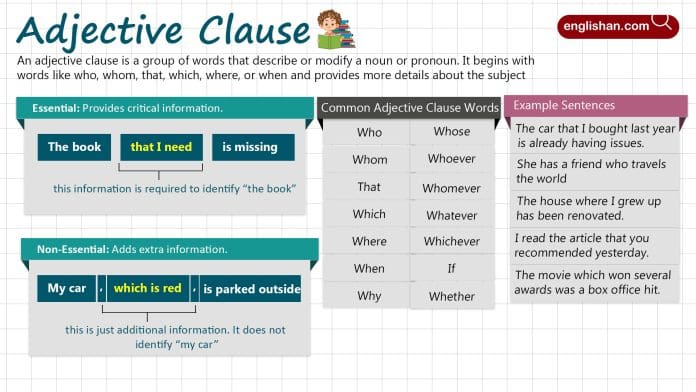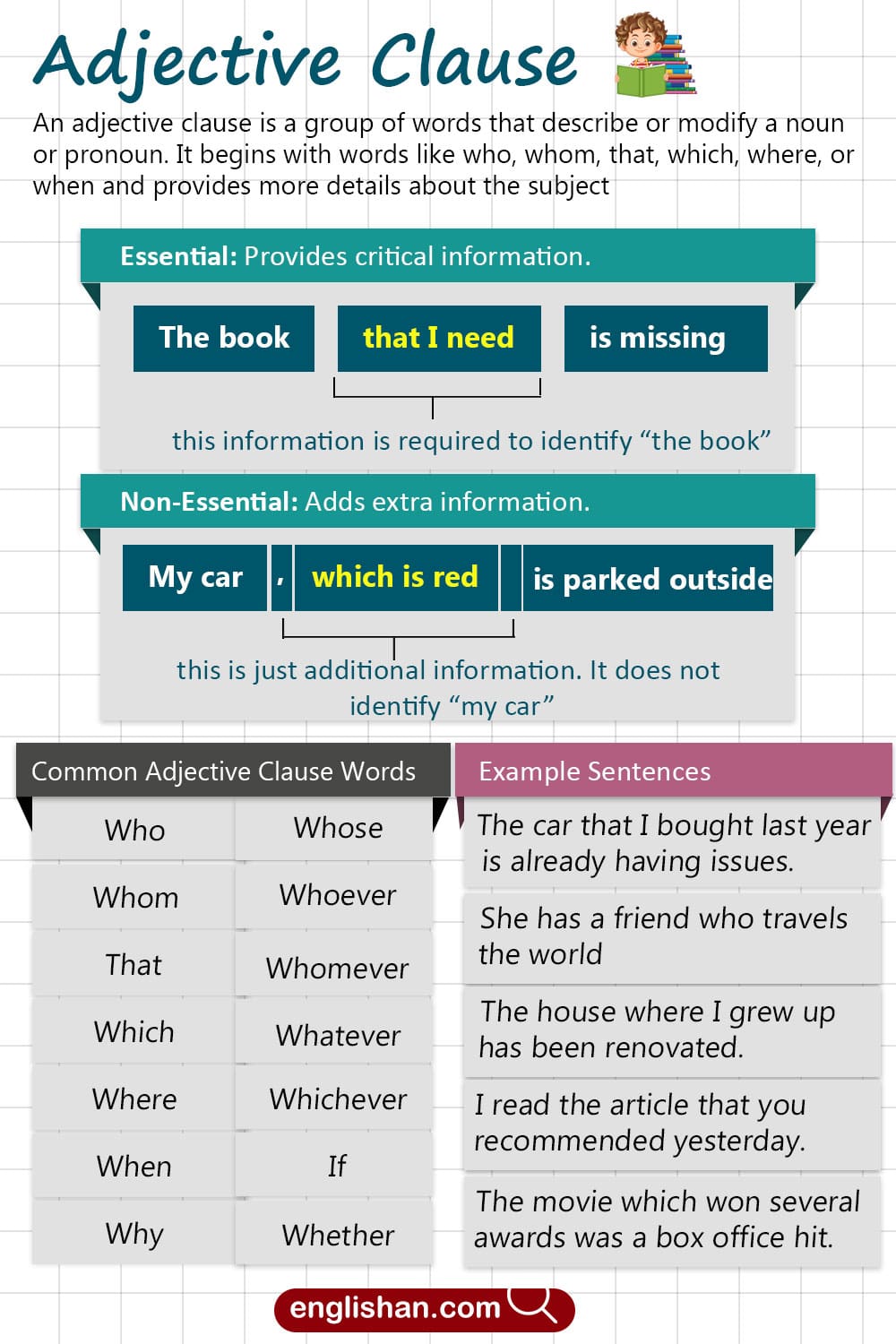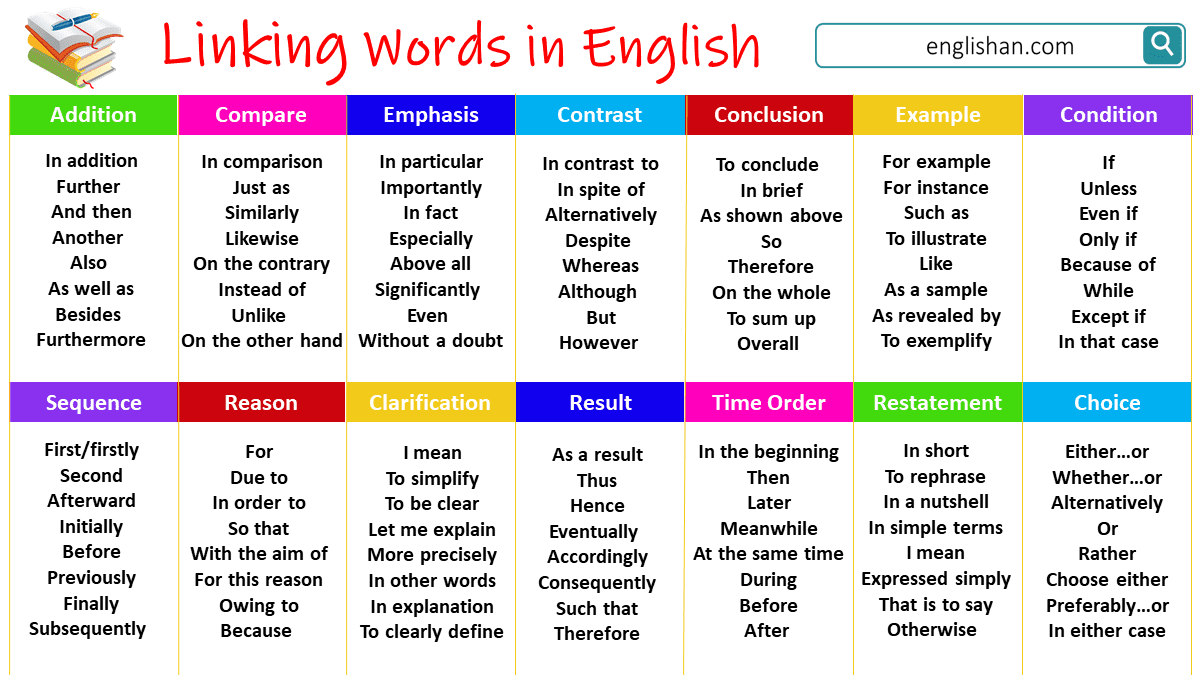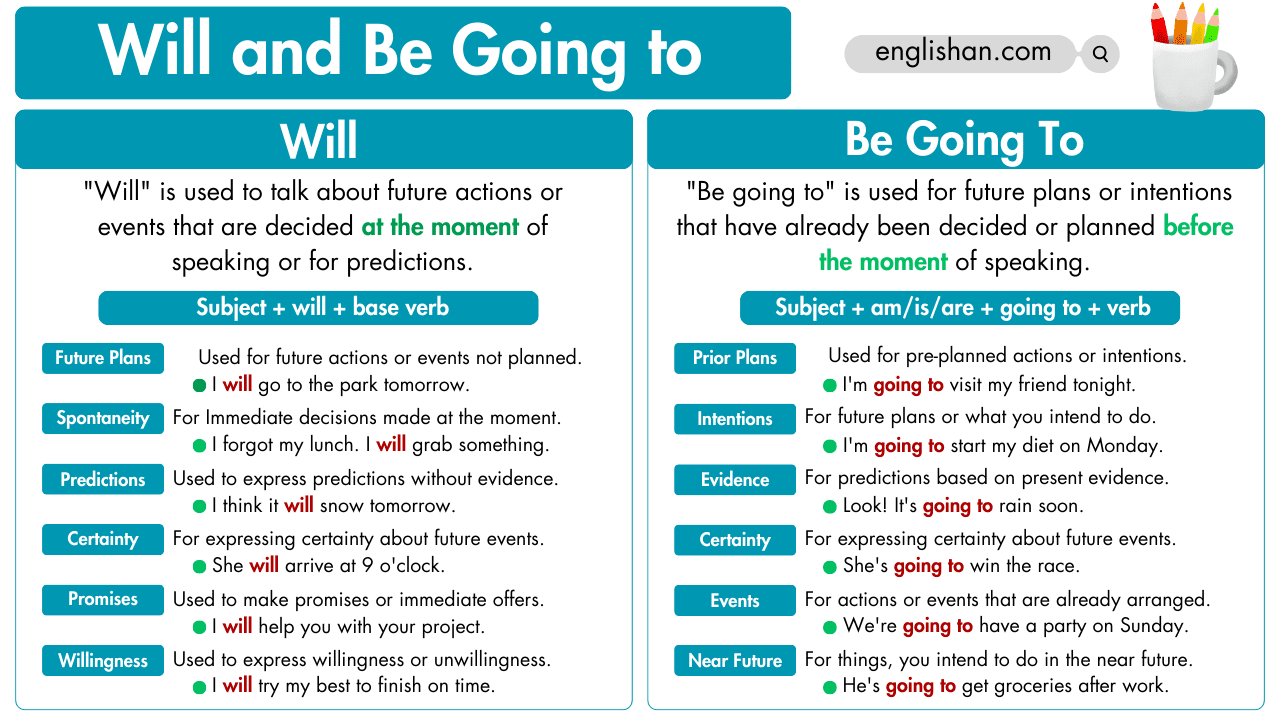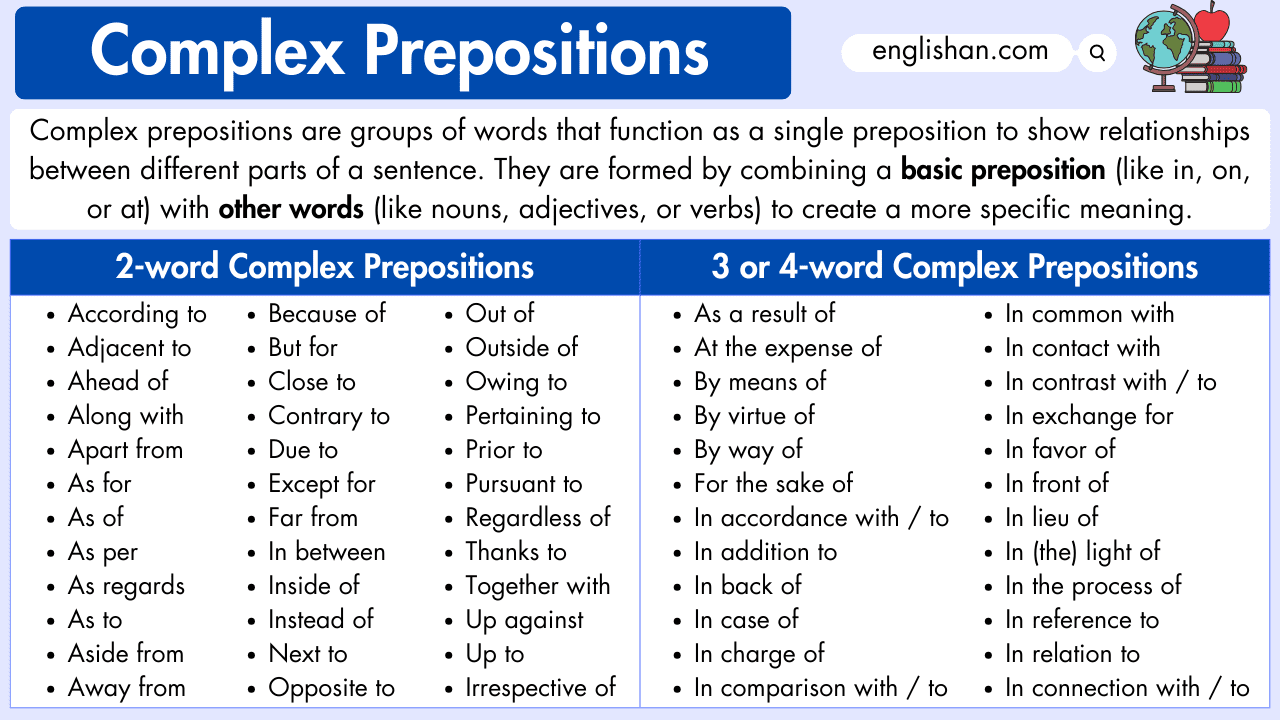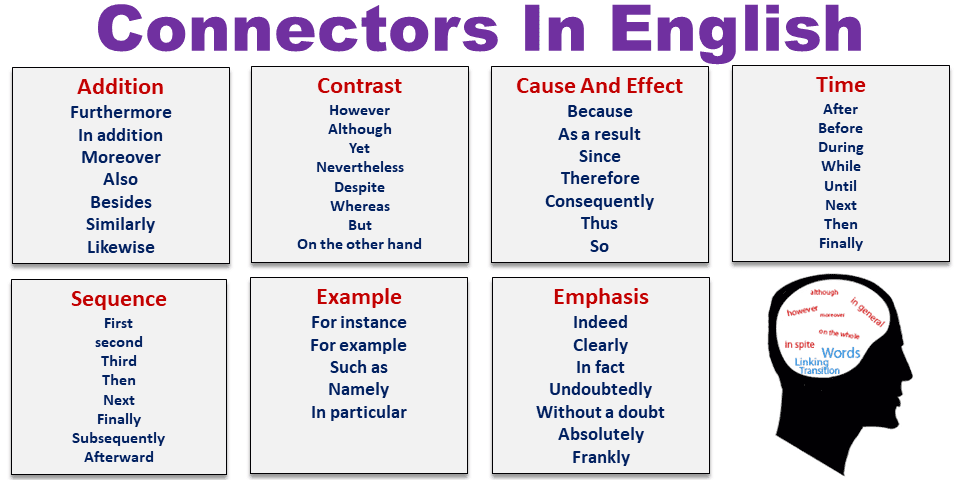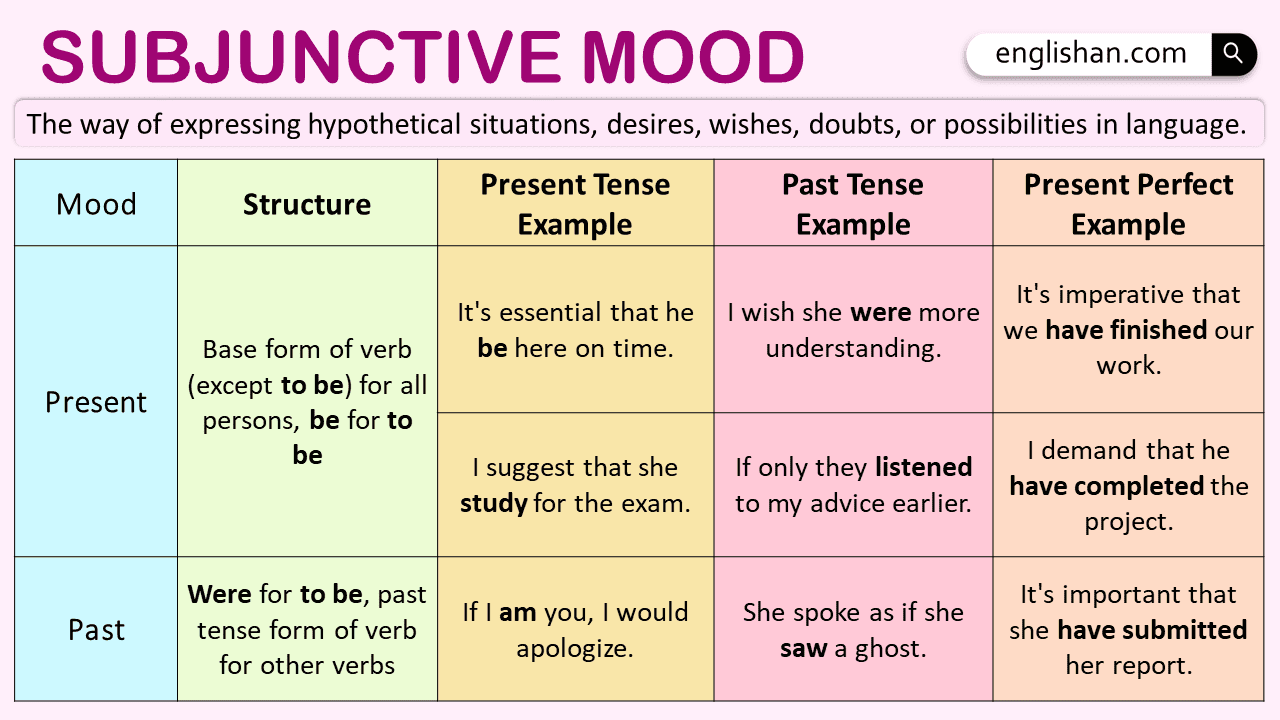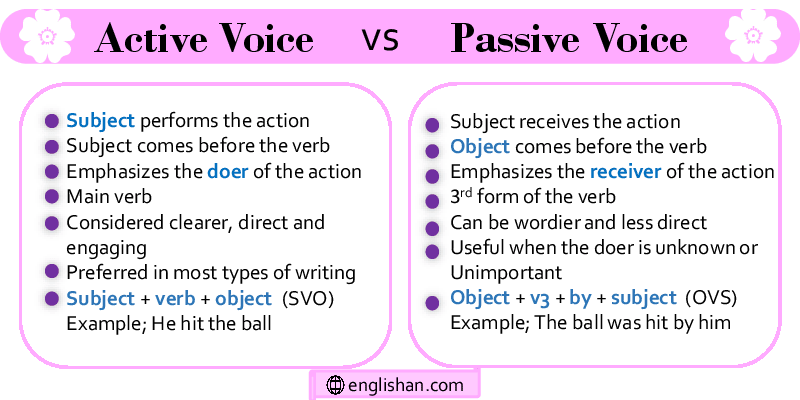Contents
An adjective clause, also called a relative clause, is a group of words that function as an adjective within a sentence. It describes or modifies a noun or pronoun by providing more information about it. An adjective clause typically begins with a relative pronoun, such as who, whom, whose, that, or which. It can also start with a relative adverb like where, when, or why.
For example:
- ✅ The man who is wearing a blue shirt is my brother.
(The clause “who is wearing a blue shirt” describes the man.)
Adjective clauses are essential for adding detail and making sentences more specific, allowing the reader to know more about the subject.
Adjective Clause Example Sentences
Let’s explore some sentences to see how adjective clauses function in real-life examples:
- ✅ The book that I borrowed from the library is interesting.
(The adjective clause “that I borrowed from the library” describes the book.) - ✅ The teacher who taught us English is very kind.
(The clause “who taught us English” gives more details about the teacher.) - ✅ I know the place where you lost your keys.
(The clause “where you lost your keys” describes the place.)
Simple Adjective vs. Adjective Clause
An adjective is a single word that modifies a noun or pronoun, whereas an adjective clause is a group of words that provide more detail. Let’s compare them:
- Adjective: Fatima has a red dress.
(“Red” is an adjective that describes the dress.) - Adjective Clause: Fatima has a dress that she bought last year.
(“That she bought last year” is an adjective clause giving more information about the dress.)
While adjectives provide basic information, adjective clauses offer more specific details about the noun they modify.
The Components of an Adjective Clause
An adjective clause has several important components:
- Relative Pronoun or Relative Adverb: This is the word that introduces the clause, such as who, that, which, where, or when.
- Subject: The person or thing the clause is talking about.
- Verb: The action that the subject of the clause is performing.
Example:
- ✅ The student who won the prize was very happy.
In this sentence:- Relative pronoun: “who”
- Subject: “who”
- Verb: “won”
The components work together to provide more information about the student.
Essential and Non-Essential Adjective Clauses
Adjective clauses can either be essential or non-essential.
- Essential Adjective Clause: Provides critical information needed to understand the noun.
- ✅ The book that I need is on the table.
(“That I need” is essential to identify which book.)
- ✅ The book that I need is on the table.
- Non-Essential Adjective Clause: Adds extra information that can be removed without changing the sentence’s meaning. These are often set off by commas.
- ✅ My car, which is red, is parked outside.
(“Which is red” is non-essential as it only adds extra information.)
- ✅ My car, which is red, is parked outside.
List of Common Adjective Clause Words
Here are some of the most common words that begin adjective clauses:
- Who
- Whom
- Whose
- That
- Which
- When
- Where
- Why
- Before
- After
- Since
- Whoever
- Whomever
- Whichever
- What
- Whatever
- If
- Whether
These words help connect the adjective clause to the noun it modifies.
Adjective Clause vs Adjective Phrase
It’s important to differentiate between an adjective clause and an adjective phrase.
- Adjective Clause: Contains a subject and a verb and gives detailed information.
- ✅ The book that I bought yesterday was very expensive.
- Adjective Phrase: A group of words that lacks a subject or verb but still describes a noun.
- ✅ The book on the table is mine.
(Here, “on the table” is an adjective phrase, not a clause.)
- ✅ The book on the table is mine.
While both modify nouns, an adjective clause is more complex because it includes both a subject and a verb.
Key Notes
- Adjective clauses provide detailed descriptions of nouns or pronouns, beginning with relative pronouns or relative adverbs.
- Essential adjective clauses provide necessary information, while non-essential clauses offer extra details.
- The relative pronoun can be omitted in some cases, but only in certain grammatical structures.
Summary
Adjective clauses are an essential part of English grammar. They provide valuable information and detail to a noun, helping the reader understand the subject more clearly. Whether it’s an essential clause that defines or a non-essential clause that adds flavor, understanding how to use adjective clauses correctly will improve your writing and communication skills.
FAQs
An adjective clause is a group of words that describes a noun. It usually starts with “who,” “which,” or “that.”
Example:
The car that is red is mine. The adjective clause is “that is red.” It describes the noun car.
Here are some examples of adjective phrases:
1. The book on the table is mine.
“on the table” describes the book.
2. She wore a dress with flowers.
“with flowers” describes the dress.
3. The house next to the school is for sale.
“next to the school” describes the house.
4. The man in the red shirt is my uncle.
“in the red shirt” describes the man.
These phrases give more detail about the nouns!
Here’s an example of an adjective clause describing a place:
The park where we play is big.
“where we play” is the adjective clause describing the park.
This clause gives more information about the place (the park).
Here are short examples of different types of clauses:
Independent Clause:
She went to the store.
Dependent Clause:
Because it was raining.
Adjective Clause:
The book that you gave me.
Adverbial Clause:
I will call you when I get home.
Noun Clause:
What you said was nice.
Each clause adds different information!
Read More
